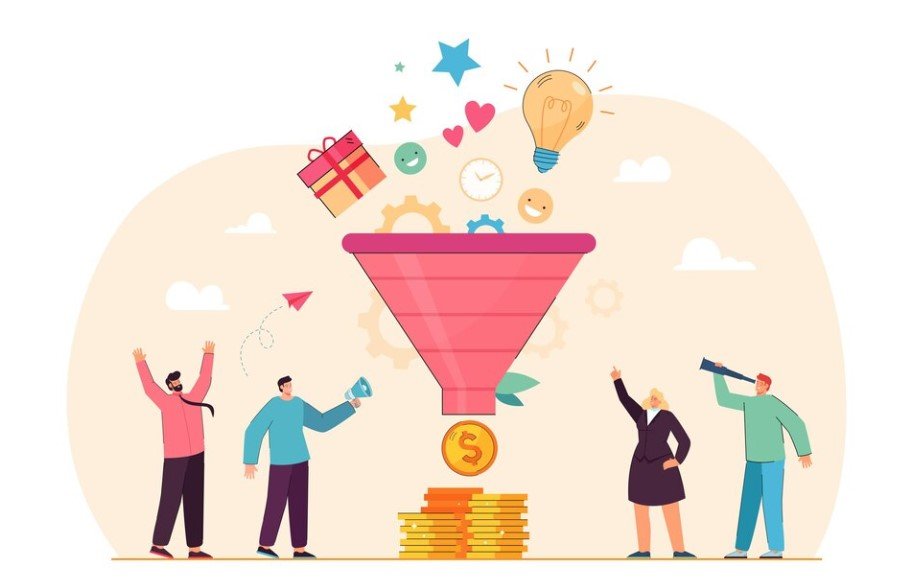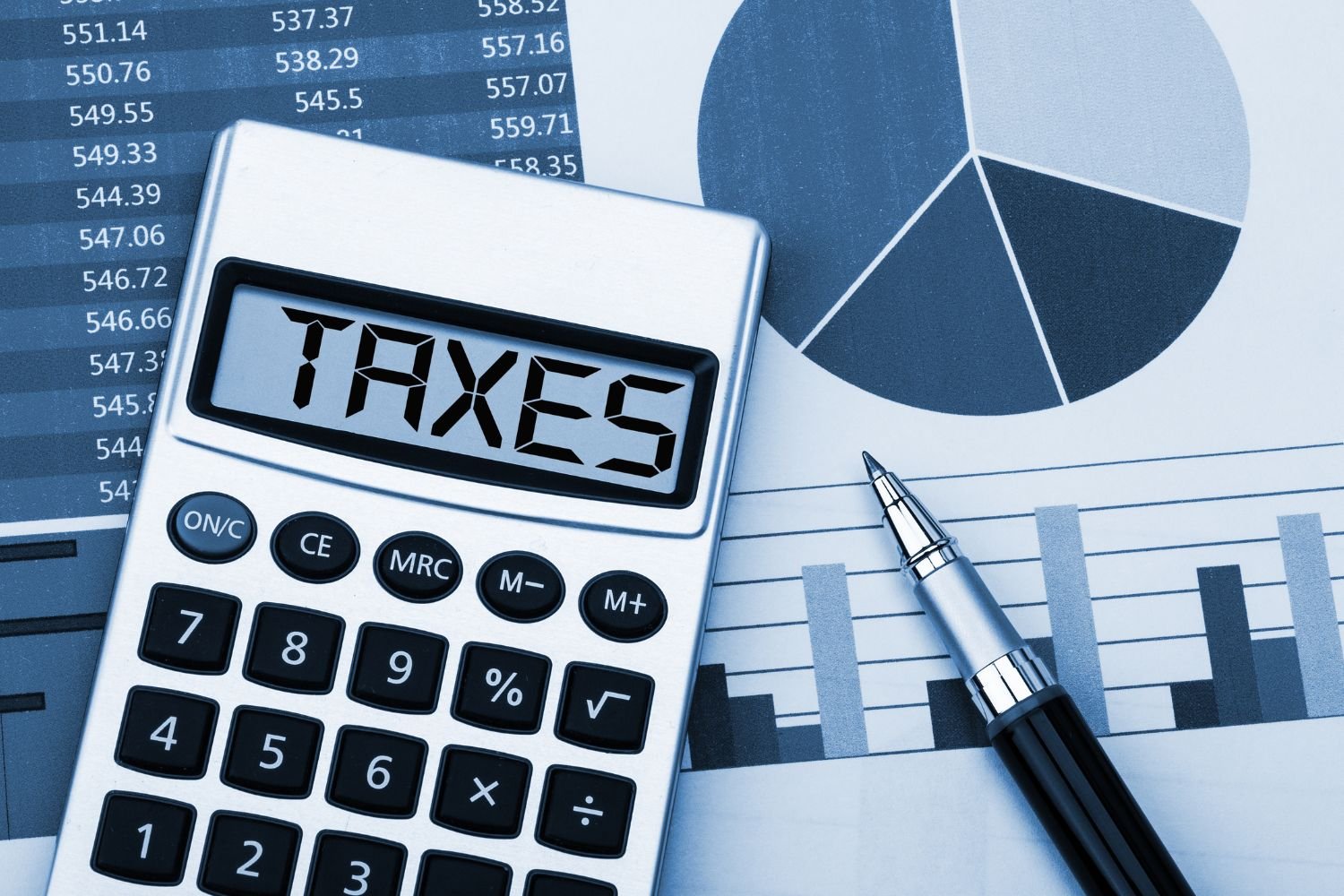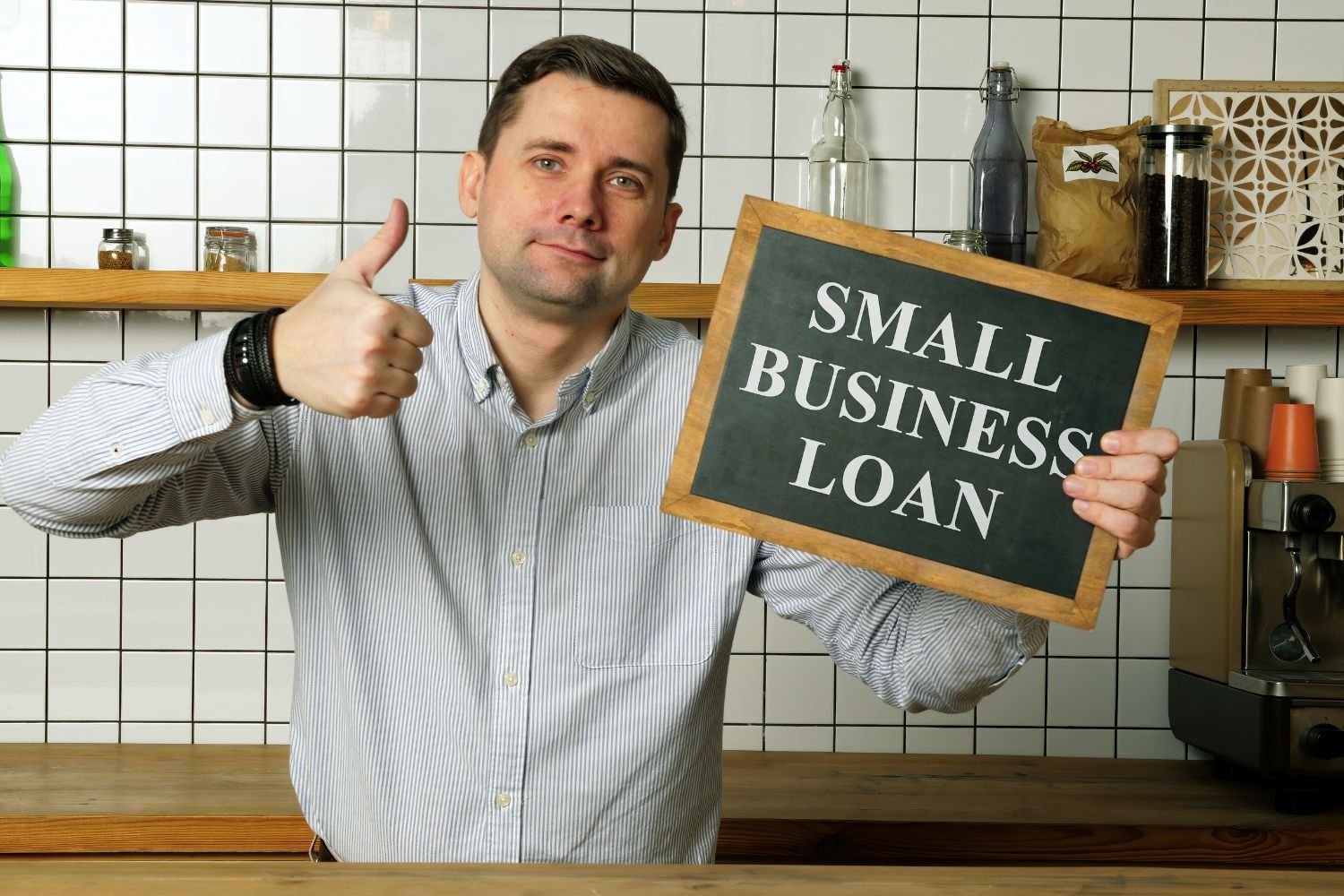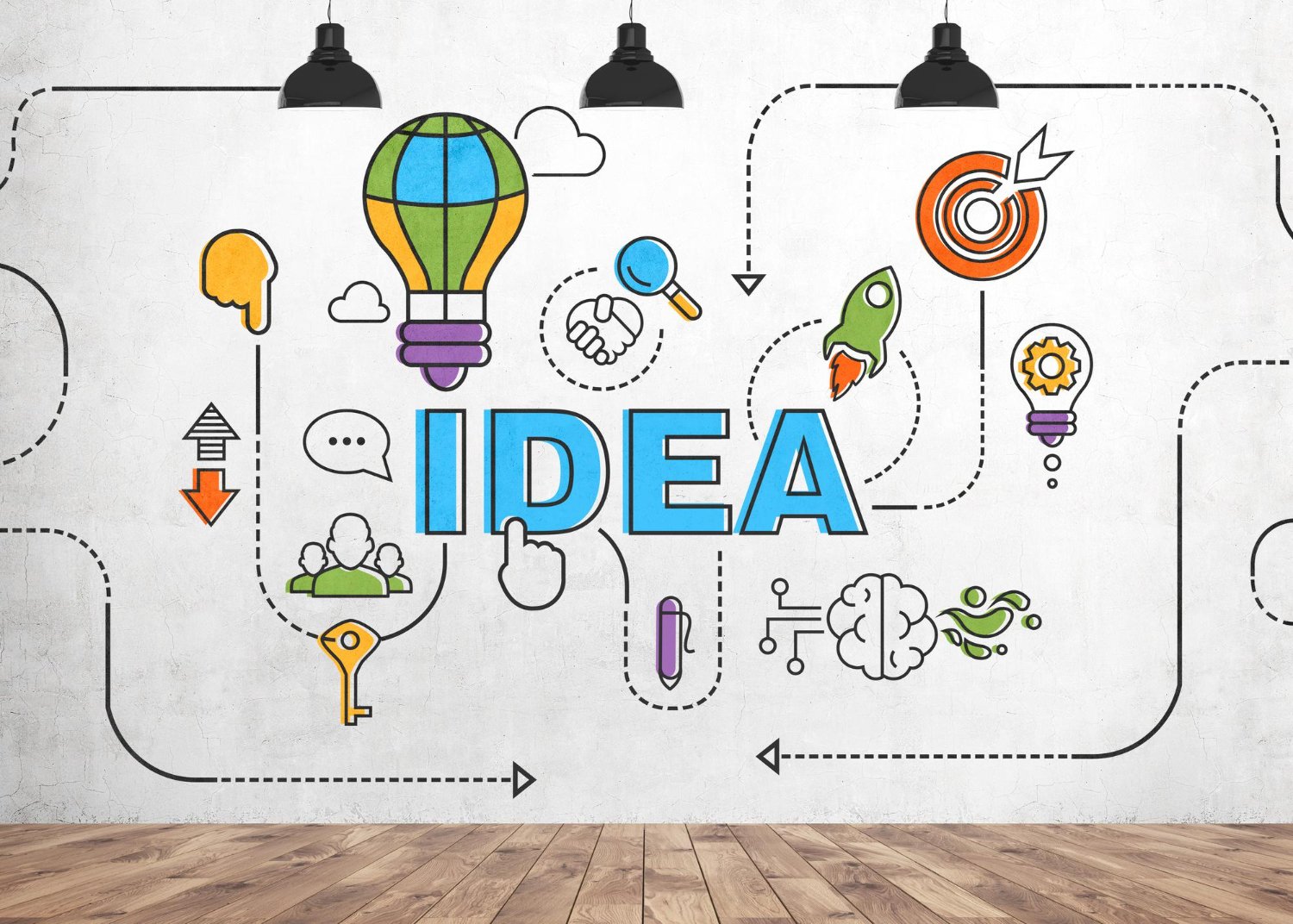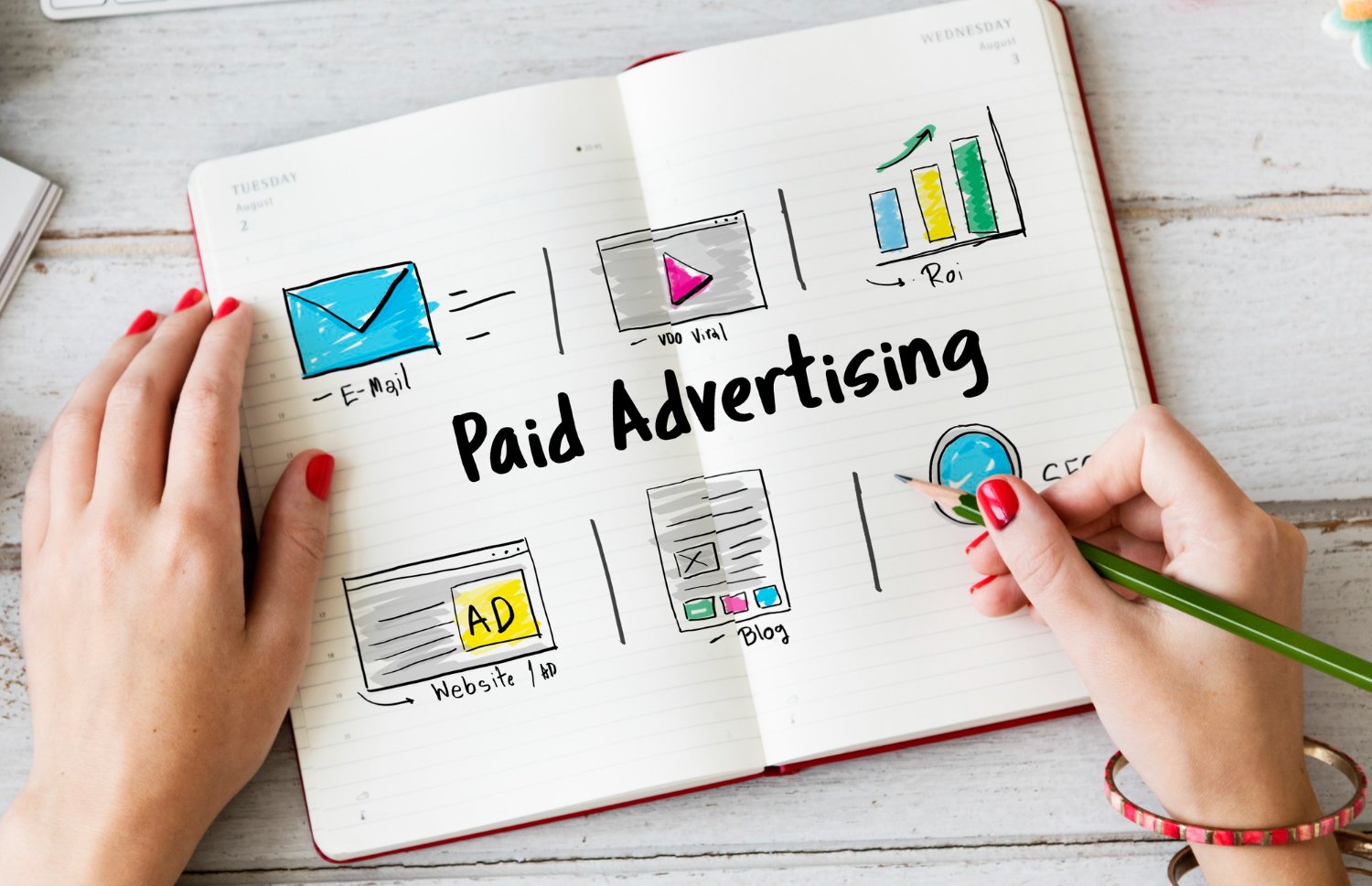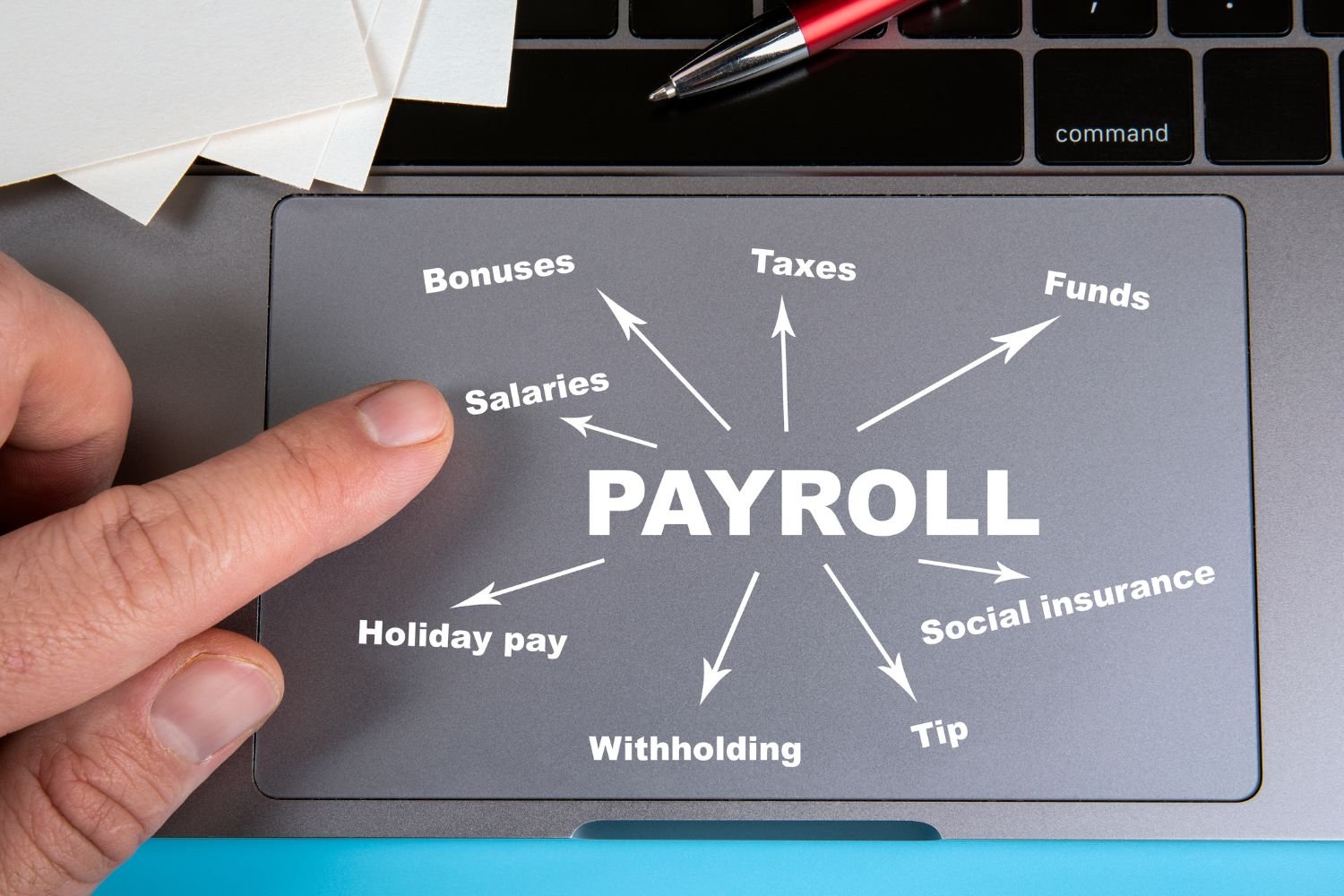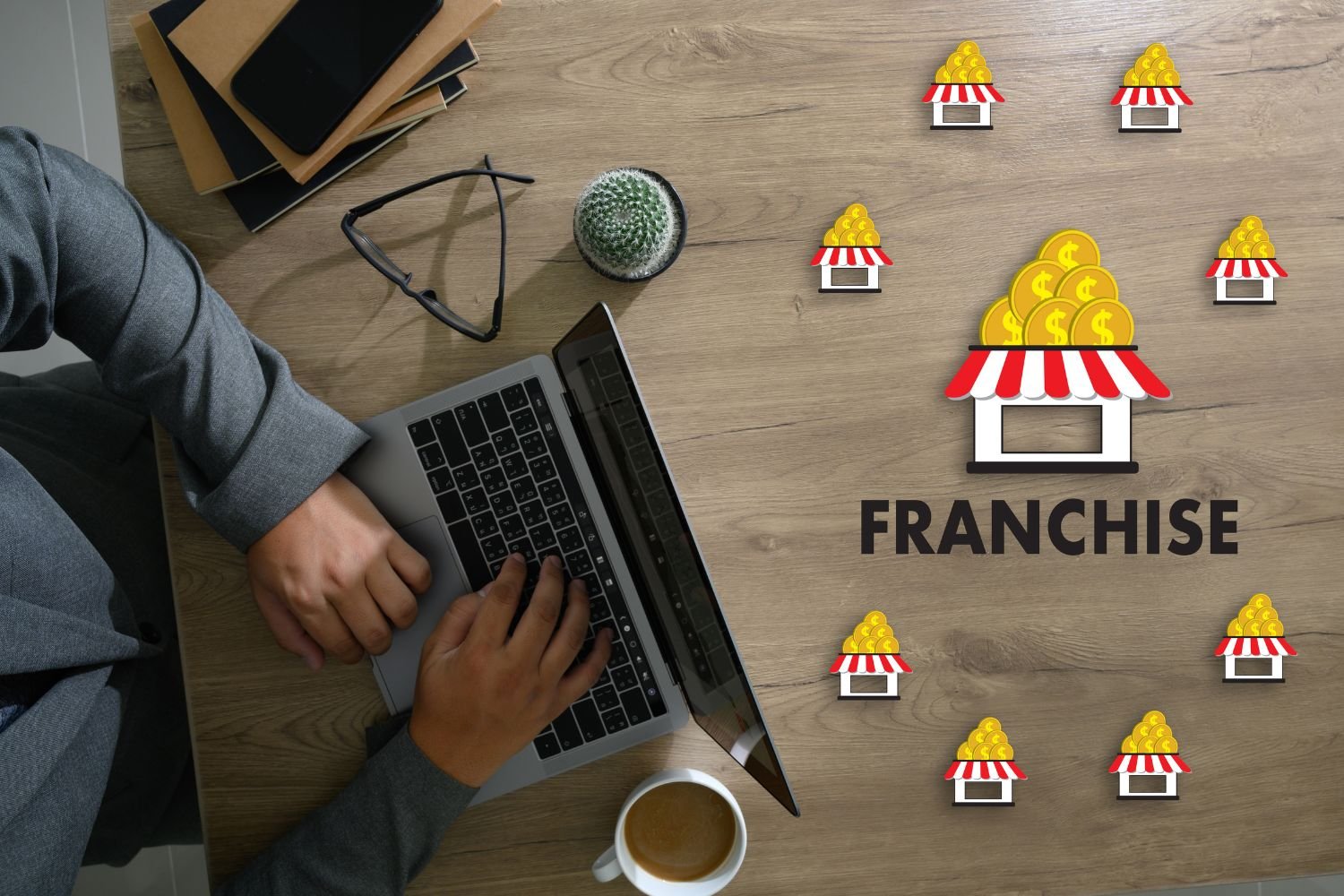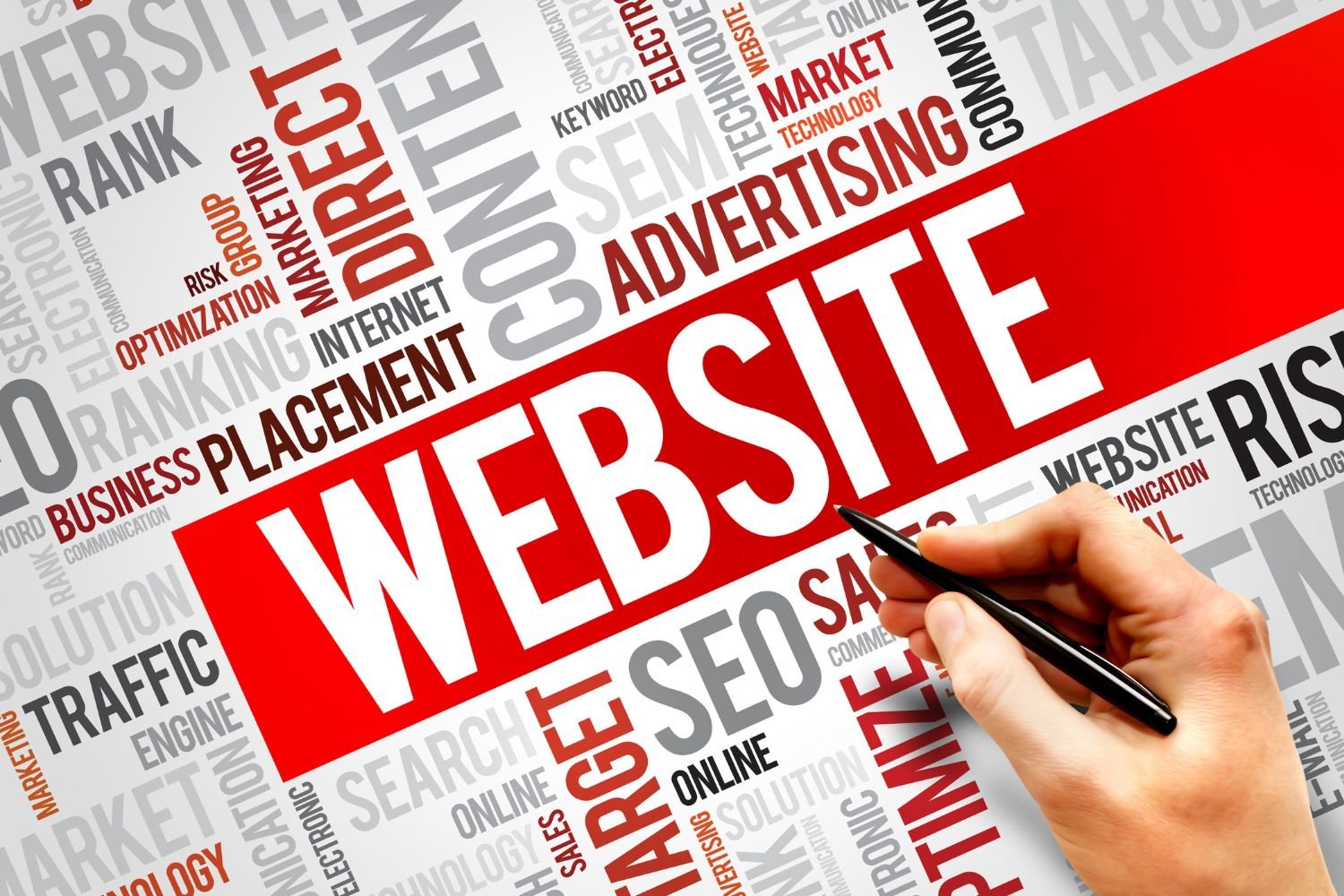Is there a modern-day entrepreneur who is not interested in building a powerful sales funnel? Imagine a steady stream of qualified customers, eager to purchase your product or service. That’s the magic of a powerful sales funnel. It’s a strategic map, guiding potential buyers from initial awareness to happy customers, maximizing conversions and boosting your bottom line.
Building this funnel, however, is like constructing a magnificent bridge. Each stage needs careful planning and execution to ensure a smooth journey for your leads. So, grab your mental hard hat and let’s embark on this crucial step-by-step journey:
Stage 1: Attraction – Casting a Wide Net
The first stage is all about attracting your ideal customers. Think of it as casting a wide net to capture their attention. Here are some effective strategies:
- Content marketing: Publish valuable blog posts, infographics, and videos that address your target audience’s pain points and interests.
- Search engine optimization (SEO): Optimize your website for relevant keywords so potential customers can find you easily through search engines.
- Social media marketing: Engage with your audience on platforms like Twitter, Instagram, and LinkedIn, establishing yourself as a thought leader.
- Paid advertising: Run targeted ads on platforms like Google Ads and Facebook Ads to reach a wider audience.
Example: Imagine you sell gourmet coffee beans. You could create blog posts on brewing methods, coffee pairing recommendations, and the ethical sourcing of coffee beans. This attracts coffee enthusiasts searching for information, increasing your chances of converting them into customers.
Stage 2: Capture – Hooking the Interest
Now that you’ve caught attention, it’s time to capture those leads. Offer something valuable in exchange for their contact information, such as:
- Free ebooks or white papers: Offer insightful content related to your product or service.
- Discounts or coupons: Entice potential customers with a special offer on their first purchase.
- Webinars or workshops: Share your expertise and showcase the value you offer through virtual events.
Example: For your coffee business, you could offer a free downloadable guide on brewing the perfect cup at home or exclusive coupons for first-time buyers.
Stage 3: Nurture – Warming Up the Relationship
Don’t bombard your leads with sales pitches just yet. Instead, nurture the relationship by providing valuable content and building trust. This involves:
- Email marketing: Send informative and engaging emails related to their interests, offering educational content and helpful tips.
- Social media engagement: Continue the conversation on social media, responding to comments and questions, and sharing relevant updates.
- Personalized communication: Segment your leads based on interests and send targeted emails or messages with personalized offers.
Example: Send your coffee leads emails with brewing tips, recipes for coffee-infused cocktails, and stories about your ethically sourced beans. This keeps them engaged and builds trust in your brand.
Stage 4: Conversion – Closing the Deal
It’s time to convert those nurtured leads into paying customers. Offer compelling calls to action (CTAs) and make the purchase process as seamless as possible. Consider:
- Landing pages: Create targeted landing pages with clear CTAs for specific offers or promotions.
- Strong visuals: Use high-quality images and videos to showcase your product or service.
- Limited-time offers: Create a sense of urgency with limited-time discounts or bonuses.
- Easy checkout process: Streamline the checkout process with secure payment options and user-friendly navigation.
Example: Design a landing page for your coffee subscription box, highlighting the convenience, variety, and ethically sourced beans. Offer a special welcome discount to convert intrigued leads into customers.
Stage 5: Retention – Fostering Loyalty
Remember, the journey doesn’t end at the sale. Building retention fosters loyalty and repeat business. Delight your customers with:
- Excellent customer service: Respond promptly to inquiries and resolve issues efficiently.
- Loyalty programs: Reward repeat customers with points, discounts, or exclusive offers.
- Post-purchase communication: Send personalized emails with thank-you notes, helpful tips, and additional product recommendations.
Example: Offer your coffee subscribers VIP access to new roasts, early bird discounts, and exclusive merchandise. This incentivizes continued subscription and increases customer lifetime value.
Optimizing Your Funnel for Maximum Impact
Remember, your sales funnel is a living, breathing entity. Continuously monitor and analyze its performance through metrics like conversion rates, customer acquisition cost, and lifetime value. Use this data to identify bottlenecks and optimize each stage for better results.
Embrace A/B testing: Experiment with different headlines, CTAs, and email content to see what resonates best with your audience.
Track the customer journey: Map your customer’s touchpoints throughout the funnel and identify areas for improvement. Are there any drop-offs at specific stages? What content performs best at attracting and nurturing leads? This data-driven approach helps you refine your funnel for maximum efficiency and conversion.
Embrace automation: Leverage marketing automation tools to streamline repetitive tasks like sending emails, managing leads, and tracking customer interactions. This frees up your time for more strategic initiatives and customer engagement.
Invest in retargeting: Don’t give up on leads who haven’t converted immediately. Use retargeting campaigns to remind them of your brand and offerings through targeted ads on social media and search engines. You might be surprised how a well-timed reminder can turn a lukewarm prospect into a paying customer.
Remember, building a powerful sales funnel isn’t a one-time effort. It’s an ongoing process of experimentation, analysis, and refinement.
Case Studies: From Funnel Newbie to Conversion Champ
Let’s take a look at two inspirational stories of businesses that mastered the art of the sales funnel:
1. Beardbrand: This men’s grooming brand started by focusing on valuable content creation, offering beard care tips and tutorials through blog posts and YouTube videos. This attracted targeted leads, whom they then nurtured with email marketing and social media engagement. By providing genuine value and building trust, Beardbrand converted their audience into loyal customers eager to purchase their beard oil and other products.
2. Chubbies Shorts: This online retailer initially struggled with customer acquisition. They revamped their sales funnel by implementing targeted Facebook ads, creating engaging landing pages with strong CTAs, and offering limited-time discounts. This resulted in a surge of leads, which they then converted through personalized email campaigns and excellent customer service. Chubbies shorts became a summer staple through their optimized sales funnel and focus on customer delight.
These examples showcase the power of building a well-defined and strategic sales funnel. By carefully mapping the customer journey, providing value at every stage, and continuously optimizing the process, you can transform your business from a struggling seedling into a thriving oak, attracting leads, nurturing relationships, and closing deals with increasing ease.
So, grab your metaphorical toolbox and start building your powerful sales funnel today! With dedication, strategy, and a commitment to providing value, you’ll be on your way to converting curious leads into loyal customers and propelling your business to new heights of success.
Thank you for reading this post on building a powerful sales funnel. Please share the post and our website with your social media contacts.
We also invite you to watch other videos on our Youtube channel: Successful Businesses.
